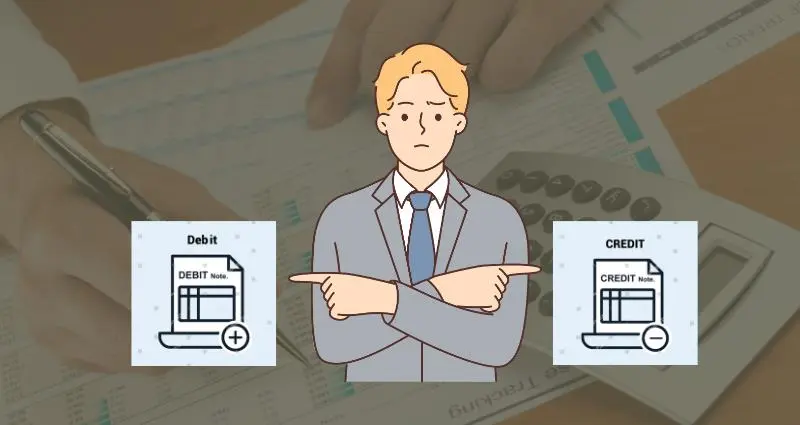List of Key Differences Between Debit Notes and Credit Notes (and When to Use Them)
Practical, no-fluff guide to using debit notes and credit notes correctly so your reconciliations, taxes, and cash flow stay clean.
Let’s be honest: most businesses know that debit notes and credit notes are part of accounting—but very few actually understand when to use them smartly. And here’s the truth: using them wrongly can cause reconciliation headaches, tax mismatches, and even cash flow confusion.
So, instead of another “definition-heavy” blog (you can Google that anywhere), I’m going to share how to actually use debit and credit notes in day-to-day business—plus a quick list of their key differences.
1. The Simple Difference
Debit Note = You (the buyer) are saying: “I owe you less money than I thought.” Example: damaged goods received.
Credit Note = You (the seller) are saying: “I’ll reduce what you owe me.” Example: giving a customer a refund.
👉 Think of debit note as your claim and credit note as their acknowledgement.
2. When to Use a Debit Note
- You return goods to a supplier.
- You were overcharged and want to correct the bill.
- You spotted quantity or quality issues.
3. When to Use a Credit Note
- You are refunding a customer.
- You issued an incorrect (overstated) invoice.
- You want to adjust the customer's balance for future purchases.
4. Quick Comparison Table
| Basis | Debit Note | Credit Note |
|---|---|---|
| Issued By | Buyer | Seller |
| Purpose | To request a reduction in the payable amount | To confirm a reduction in the receivable amount |
| Effect | Decreases accounts payable | Decreases accounts receivable |
| Example | Buyer returning defective goods | Seller issuing a refund or discount |
5. How to Keep Things Efficient
Here’s a list of hacks to avoid debit/credit note chaos:
-
✅ Integrate accounting with your sales & purchase systems.
✅ Set automated alerts for mismatched invoices.
✅ Train your team on “when to raise” (buyer) vs “when to issue” (seller).
✅ Always reconcile monthly — don’t let notes pile up.
Conclusion
Debit and credit notes aren’t just paperwork — they’re practical tools to keep your finances clean, your compliance on track, and your customer/vendor relationships healthy.
So, the next time you see an invoice mismatch, ask yourself: Do I need a debit note or a credit note?

